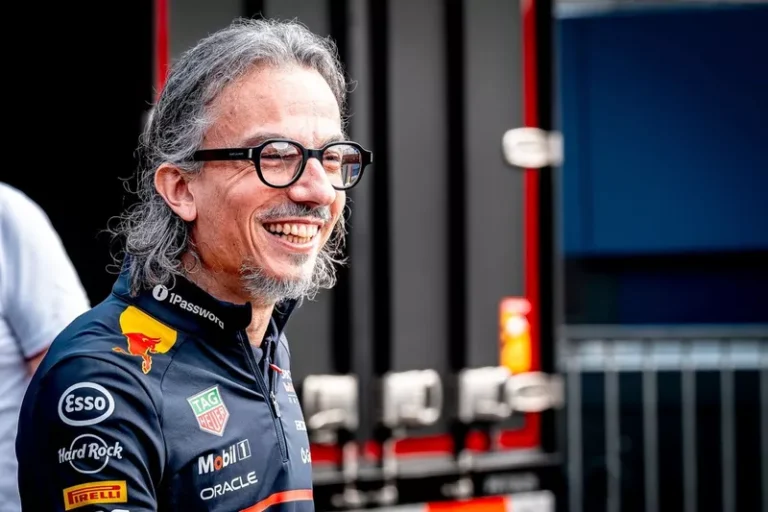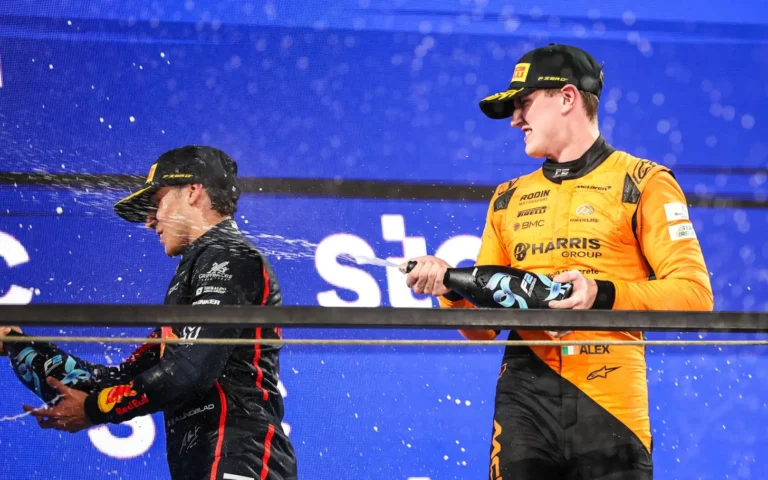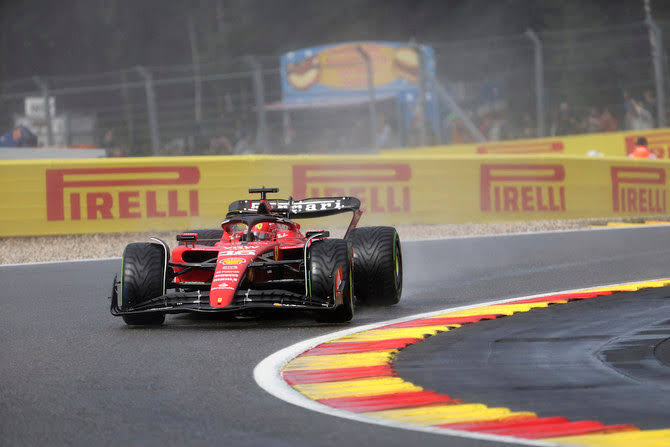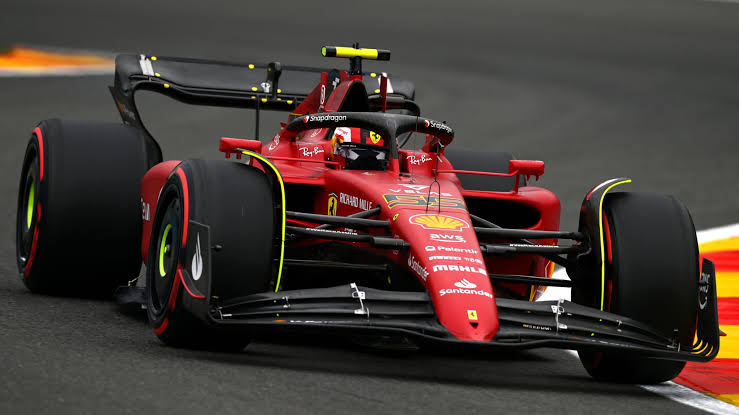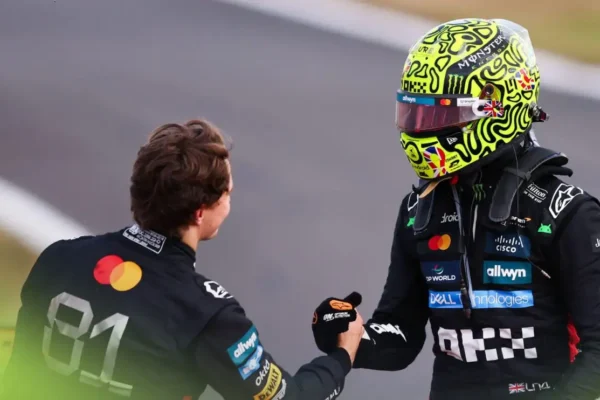
Lando Norris is now seen as a serious title contender in the 2025 Formula 1 season, as he begins to challenge his McLaren teammate Oscar Piastri for the championship lead. Once considered the second-best in the garage due to Piastri’s calm and consistent performances, Norris has reignited his campaign with renewed intensity and form. His recent results, including consecutive victories at Austria and Silverstone, have closed the points gap significantly and put him right in the fight for the title.
Norris’s victory at Silverstone was especially significant, as he took full advantage of a rare error from Piastri during the race restart. That win marked a turning point, cutting Piastri’s lead to just eight points and showcasing Norris’s maturity under pressure. The British driver’s confidence is growing visibly, and his approach now seems more focused on race performance than off-track attention.
Experts, including F1 legend Damon Hill, have praised Norris for his improved racecraft and traction under pressure. Hill labeled Norris as “dangerous,” suggesting that the young Brit is now a formidable force, particularly when the stakes are high. This shift in form can be traced back to the Miami Sprint weekend, where Norris seemed to recalibrate his priorities, placing greater emphasis on race strategy over qualifying and media hype.
Despite Norris’s resurgence, some analysts remain cautious. They highlight that while his pace is impressive, he has been prone to small but costly errors in both qualifying and races. In contrast, Piastri has maintained a nearly flawless run, earning him the nickname “Ice Boy” for his unshakable calm and precision. As a result, Piastri still holds a slim lead in the standings, somewhere between 10 and 20 points.
The rivalry between Norris and Piastri is intensifying, setting the stage for an electrifying second half of the season. With Norris relying on raw aggression and determination, and Piastri banking on consistent brilliance, the 2025 championship is shaping up to be a battle of styles. The outcome may depend less on speed and more on who can avoid critical errors when it matters most.
